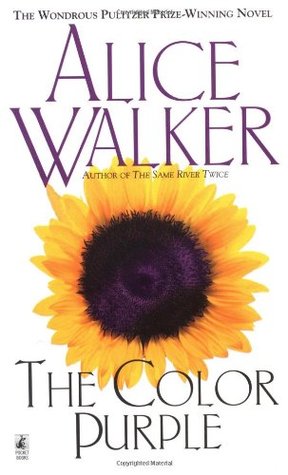Uncomfortable and powerful, but extremely rewarding. It’s easy to see why The Color Purple has become such a controversial classic. Fourteen year old Celie is a black woman growing up in the 1930s, uneducated, simple, defeated, cursed by her dying mother, and pregnant by her abusive father for the second time. She does everything she can to protect her younger sister from the same fate, eventually taking the place of her sister as the wife of another abusive man, known only to Celie as Mister.
It’s obvious this is a story about male oppression, and how debilitating that control can be for a young woman. But as the novel progresses and Celie grows, non-traditional gender roles and their potential consequences are explored. The power of female friendships (and for Celie, a female lover) allows for safe refuge in a world full of male violence, and eventually is what allows Celie to become a person with her own wants and desires. It’s a beautiful complicated mess of a story that provides deliverance through forgiveness.
Above all, this is a novel that promotes education, acceptance, empathy, self-awareness, and empowerment of the weak and unseen. This is a story about the resilience of the human spirit, even if it takes a lifetime to find any sort of peace.
Because of it’s graphic nature, I completely understand this book not being taught in high school. It’s hard enough to read as an adult. With that said, I would highly recommend this book to all fans of feminine fiction, readers interested in 20th century American literature, and those ready for a hard dose of reality in their fiction.
“If God listened to poor colored women, the world would be a different place.”
